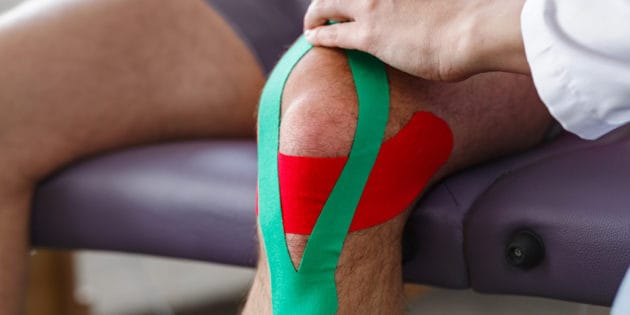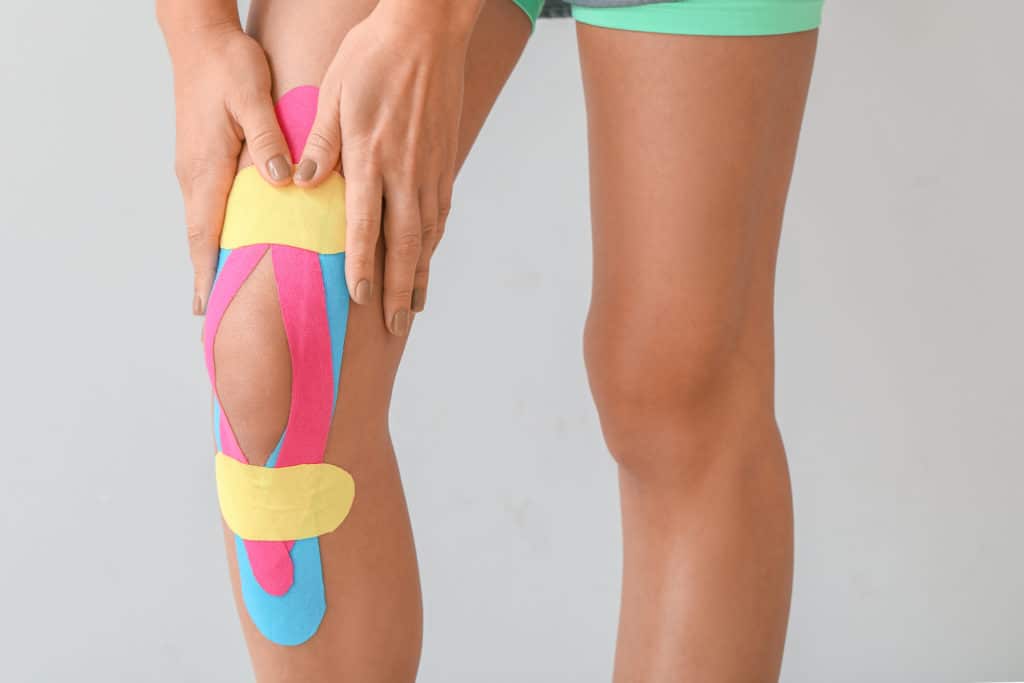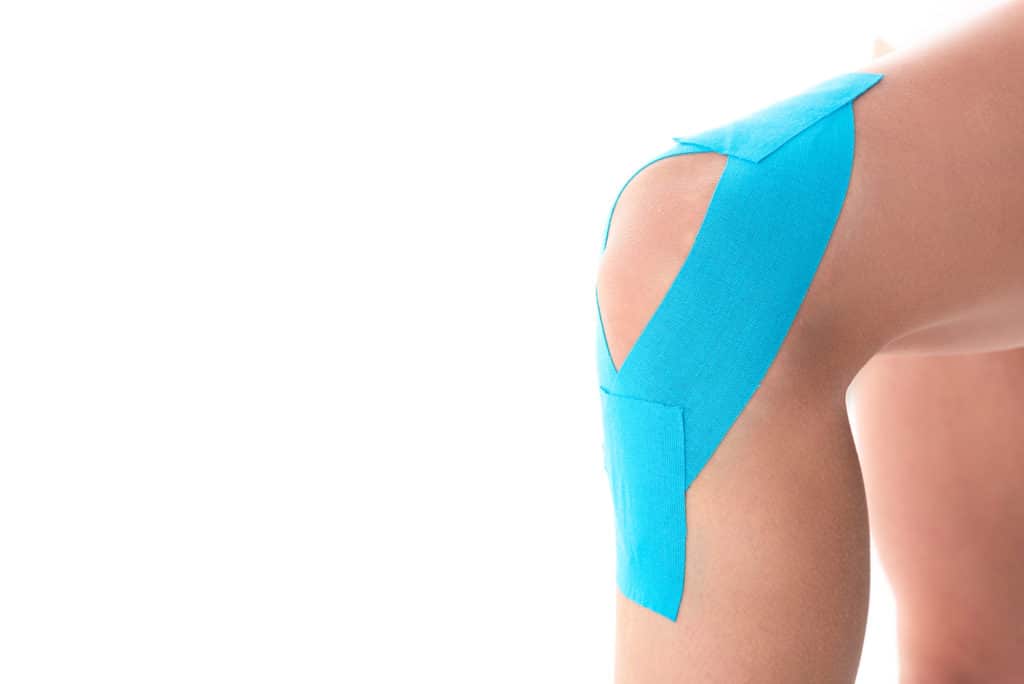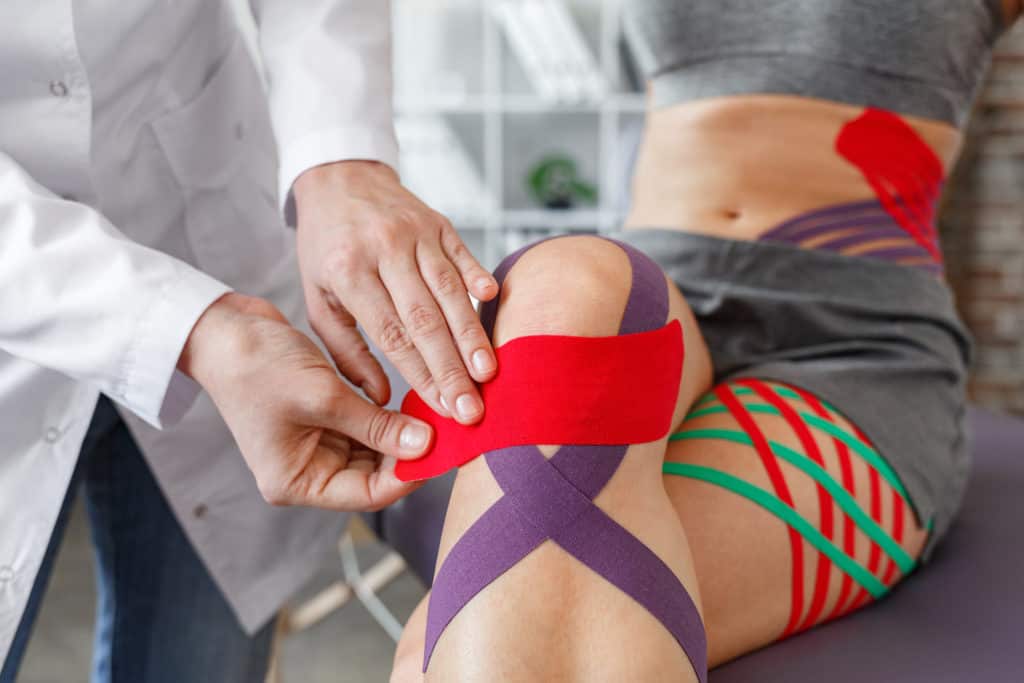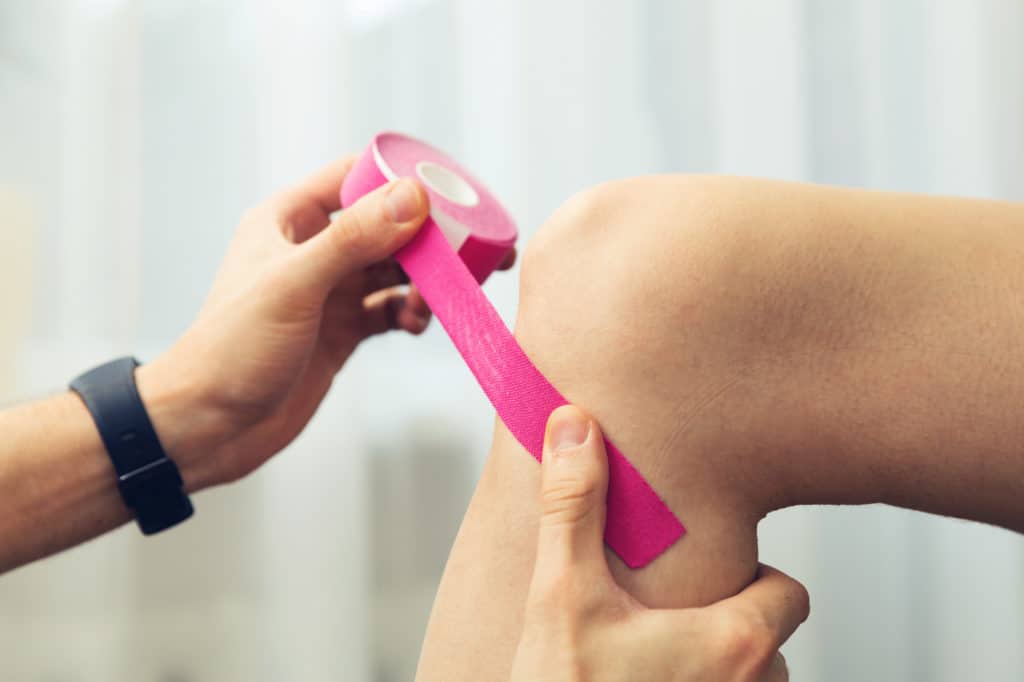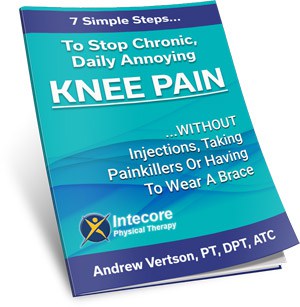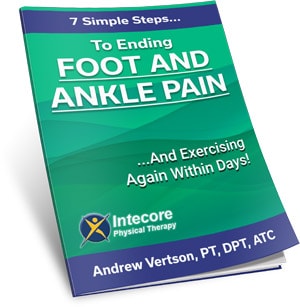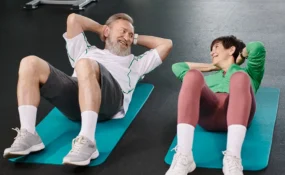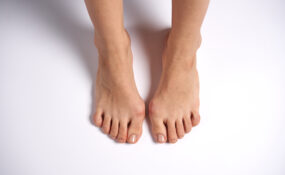
Have you got knee pain and want to know whether kinesiology tape might help?
The study of the science of movement in humans is called kinesiology. We use it for the prevention and management of injuries and to enhance physical performance.
As physical therapists and kinesiologists, we have a thorough knowledge and understanding of human body motion and the effects of exercise.
We know that physical activity of any kind, including planned exercise, is the keystone to leading a healthy life.
Our work involves educating and assisting our patients in leading healthier and, therefore, happier lives.
But what exactly is kinesiology, and what does it help with?
As kinesiologists, we not only improve your quality of life but also help prevent and manage musculoskeletal injuries while focusing on improving your physical performance.
In addition, our work plays a critical role in decreasing the risk of chronic diseases.
But the main objective behind the science of kinesiology is to develop strong joints and bones, especially in the large joints like the hips, knees, and shoulders, and large muscles like the calves and hamstrings.
More Blogs From Intecore:
What is Patellofemoral Dysfunction?
Recovering From Injury: How Can I Stay Healthy & Active?
Can My Lower Back Pain Be Cured?
Why Is Knee Health Important?
Healthy knees are crucial to a happy and healthy life. Without them, you can’t walk, play sports or do much at all.
But most people take them for granted until things start to go wrong.
As we get older, reduced mobility can make us more susceptible to injuries, mainly of the hips and knees.
The knee is one of the most important joints in the human body. It is critical to allow leg movements like straightening, swiveling, and bending, while providing stability.
The knee is made up of tendons, joints, cartilage, bones, muscles, and ligaments – all of which are susceptible to injury when there is damage or stress to any part of the knee.
But regardless of whether you are young or old, knee pain is common. From those that suffer from arthritis and experience chronic pain to professional athletes suffering from sore joints.
Knowing how the body functions are crucial to prevent or managing knee injuries and preventing future severe problems like arthritis.
What Is Kinesiology or Kinesio Tape?
Kinesiology tape is an adhesive tape that offers support to joints and muscles, leads to improved circulation, and helps prevent muscle injuries.
If you suffer from arthritis pain, for instance, we can use the tape to relieve pain and improve the functionality of your knee.
You may also benefit from using kinesiology tape if you have an injury or medical condition that impairs your mobility.
The tape is a breathable, fine dressing material made from stretchable blended cotton.
We generally apply it to specific muscles and joints during sports activities or when you’re exercising. Since the tape is elastic, it does not restrict movement in any way, so it does not hinder your range of motion or affect performance.
Sportspeople and professional athletes wear the tape during competitions to support their knees and other joints and muscles and to prevent injury.
How Kinesiology Tape Can Help Knee Arthritis
When you have inflammation in your joints, it can decrease your range of motion. The primary cause of inflamed joints is arthritis, especially in older adults.
Over time, arthritis leads to the wearing a way of joint cartilage (particularly in the knees), which causes pain and limits movement.
In our experience, kinesiology tape is effective for those who have arthritis in the knee. You can wear the tape to alleviate pain and improve movement.
It can be particularly helpful for patients who sometimes feel like their knee(s) might “give way” because the tape offers additional support to the joint and surrounding tissues.
Studies carried out with kinesiology tape versus placebo tape showed that those who used kinesiology tape saw improvement in walking, reduction of pain, and better range of motion for their knees.
Furthermore, since it improved walking and reduced pain, it also helped them to maintain better balance.
What Are The Benefits Of Kinesiology Taping?
Taping the knee with kinesiology tape is beneficial in the following situations:
- Persistent knee pain
- Suffering from tendon issues
- Instability while walking or standing
- Problems with the patella tracking
The benefits of using kinesiology tape include the following:
- Less pain – because the tape applies pressure to the area, which results in a reduction in pain levels.
- Reduces inflammation – kinesiology can increase circulation and blood and oxygen flow to the area, which lowers inflammation and helps to flush out toxins. It is also thought to provide lymphatic drainage by “lifting” the skin and allowing better flow of lymphatic fluid in the area underneath the tape to help reduce swelling.
- Better posture – poor posture and joint misalignment can be a significant factors in chronic pain conditions. Using kinesiology tape to correct the posture helps reduce pain, inflammation, and stress on the joints.
- Better performance – kinesiology tape is a novel way to train the body to do what you want it to do – by putting pressure on weak muscles and supporting your joints, which results in better performance.
How To Tape The Knee With Kinesiology Tape
Ideally, you should get a professional physical therapist to advise you on where and how to apply the tape and to apply it for you. But if you want to try doing it at home before the gym or a big game.
First, unwrap a piece of kinesiology tape, fold it equally, and then cut rounded corners of the folded part.
This process will create two smaller tape segments. Then follow these steps:
- Attach the first piece horizontally beneath the knee cap, stretching it around 80%.
- Then put the second half on the first piece, also stretching it to 80%.
- Use new tape and peel off the back. Next, place the tape down the length of the thigh with the other end beneath the kneecap’s outer side. After that, attach the top end of the tape to the thigh to act as an anchor.
- Gradually remove the remaining back end while placing the tape outside the thigh, stretching it 25%. It should be over the outer edge of the kneecap and around the knee. Stretch that section of tape to 50% along the knee.
- Use the final piece and take off one end of the backing. Place it on the second tape piece on the other side of the thigh.
- Slowly remove the backing and place the tape on the inner thigh using 25% stretch. It should travel along the inner edge of the knee cap and cover the front of the knee while applying 50% stretch to that area along the knee.
- Rub the entire tape to generate friction as it will heat the tape, which makes the adhesive stick together more effectively.
Things to keep in mind
Do:
- Clean the skin well with a sanitizer, alcohol wipe, or another skin cleanser.
- Fold the corners in a rounded shape before application, reducing the risk of the corners of the tape coming off.
- Push the tape from the center to every end after sticking it. To ensure the adhesive sticks well: rub it firmly.
- Clear or trim any dense hair growth before applying the tape, as it could prevent it from sticking properly.
Don’t:
- Never apply the tape immediately after showering or exercising.
- If the skin is tender and inflamed, do not apply the tape. Likewise, do not use tape over the area if there are burns, nicks, or rashes.
- During the application of the tape, don’t touch the adhesive part. Instead, keep some of the backing on and remove them gradually while applying the tape.
- When applying, keep the tape from its end using 100% force. The center section of the tape should stretch completely, while the last few inches shouldn’t stretch.
- When removing the tape, never rip it from the skin. Instead, peel it away slowly while pressing the skin down while removing the tape.
We Can Help
You can download our free report here if you want more help and expert tips on what to do about knee pain. It’s written by our founder and specialist physical therapist, Andrew Vertson.
It contains some simple steps that you can do at home to reduce and prevent knee pain.
But if you would prefer to get some face-to-face advice, we also offer all new patients a free 30-minute consultation to come and meet us at the clinic and talk to us about their knee pain and other problems.
You can request your free appointment now by completing this short form.
Our specialist team of physical therapists look forward to welcoming you to our clinic.
- 7 Ways to Get Rid of Tension Headaches Naturally - July 1, 2025
- Why Are My Feet Swollen? Common Causes Explained - June 2, 2025
- What Is Restless Leg Syndrome? Symptoms, Causes, and Relief Options - May 5, 2025

